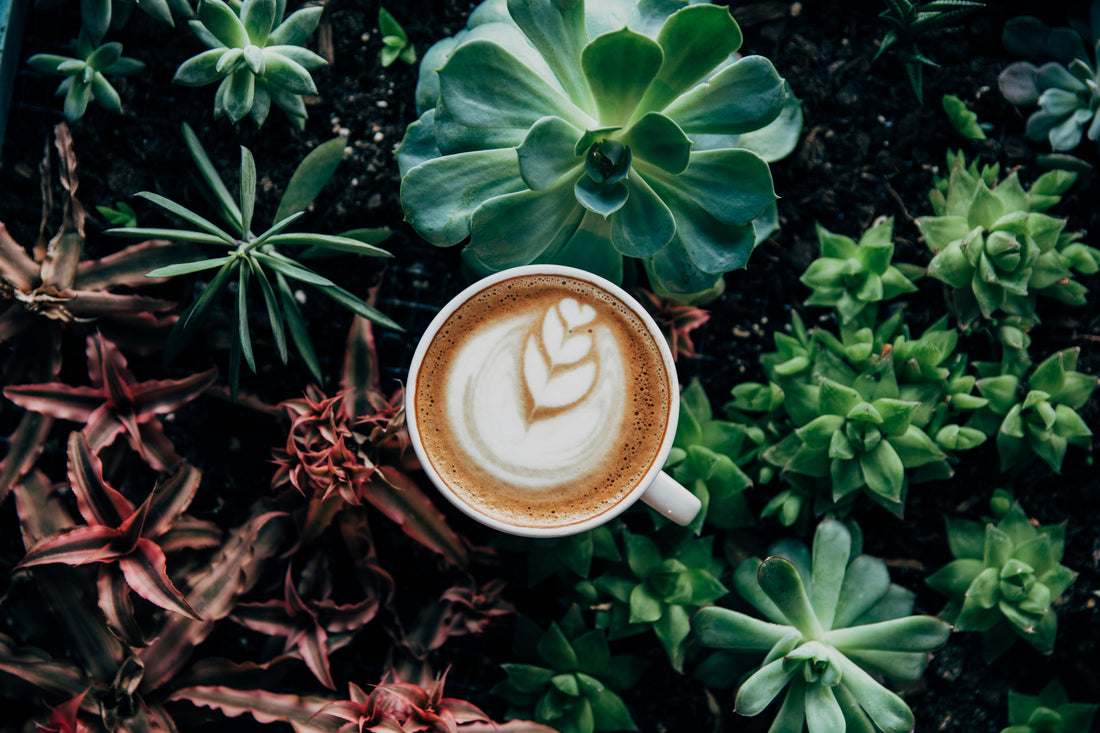
Low-Acid Coffee: A Smoother Way to Enjoy Your Cup
Share
Understanding Acidity in Coffee
When people talk about coffee being “acidic,” the word can mean two very different things.
On one hand, acidity is celebrated in specialty coffee for the way it expresses bright, lively flavors—notes of citrus, fruit, or wine-like complexity. On the other, “acidic” can also mean harsh on the stomach, leading to discomfort, indigestion, or reflux.
At Wildflower Coffee Company, we take that distinction seriously. We personally test our coffee to ensure that it is non-acidic in terms of pH, which means it is gentler on your body while still delivering full flavor, balance, and depth.
Why Low-Acid Coffee Matters
For many coffee drinkers, stomach sensitivity can interfere with their enjoyment. A brew that causes discomfort quickly overshadows any flavor notes it may carry. Low-acid coffee provides an answer: it’s smoother, easier on digestion, and less likely to cause irritation.
But there’s more to the story. While the bean itself is critical, brewing practices—especially your choice of water—play a major role in how “acidic” your final cup will taste and feel.
The Role of Water in Coffee Acidity
Water makes up over 98% of a brewed cup of coffee. Its composition directly affects not just flavor clarity but also how acidic or alkaline the finished drink feels.
-
Hard water (high in minerals) often flattens flavor but can reduce perceived acidity.
-
Soft or distilled water may extract more aggressively, sometimes exaggerating sharpness.
-
Balanced water (70–90 ppm hardness, ~40 ppm alkalinity) allows coffee to brew with clarity and smoothness, keeping the profile low-acid without muting complexity.
This means that even with tested, non-acidic beans like ours, choosing the right water ensures the integrity of your brew.
How We Keep Coffee Non-Acidic
-
Careful Sourcing – We select organic, specialty-grade beans grown in conditions that produce clean, balanced profiles.
-
Third-Party Lab Testing – Every batch is verified to be mold- and mycotoxin-free.
-
Small-Batch Roasting – Roasting to order allows us to manage freshness while maintaining smoothness and balance.
The result is coffee that’s easy to drink, full of character, and kind to your body.
Brewing Tips for Low-Acid Coffee at Home
If you want the smoothest possible cup:
-
Use filtered water with balanced mineral content (avoid pure distilled or overly hard tap water).
-
Try immersion methods like French press or cold brew, which often reduce perceived acidity.
-
Keep grind size consistent to avoid over-extraction (a common cause of sharp, sour flavors).
-
Don’t store beans too long—freshness matters for flavor balance as much as health benefits.
Conclusion: Comfort in Every Cup
Low-acid coffee doesn’t mean sacrificing flavor—it means enjoying every sip without compromise. By combining non-acidic, lab-tested beans with thoughtful brewing and the right water, you can create a cup that is smooth, gentle, and endlessly enjoyable.
At Wildflower Coffee Company, we’re proud to provide coffee that supports both flavor and comfort. Whether you prefer espresso, pour-over, or subscription-ready delivery, your next cup can be as kind to your body as it is satisfying to your senses.
